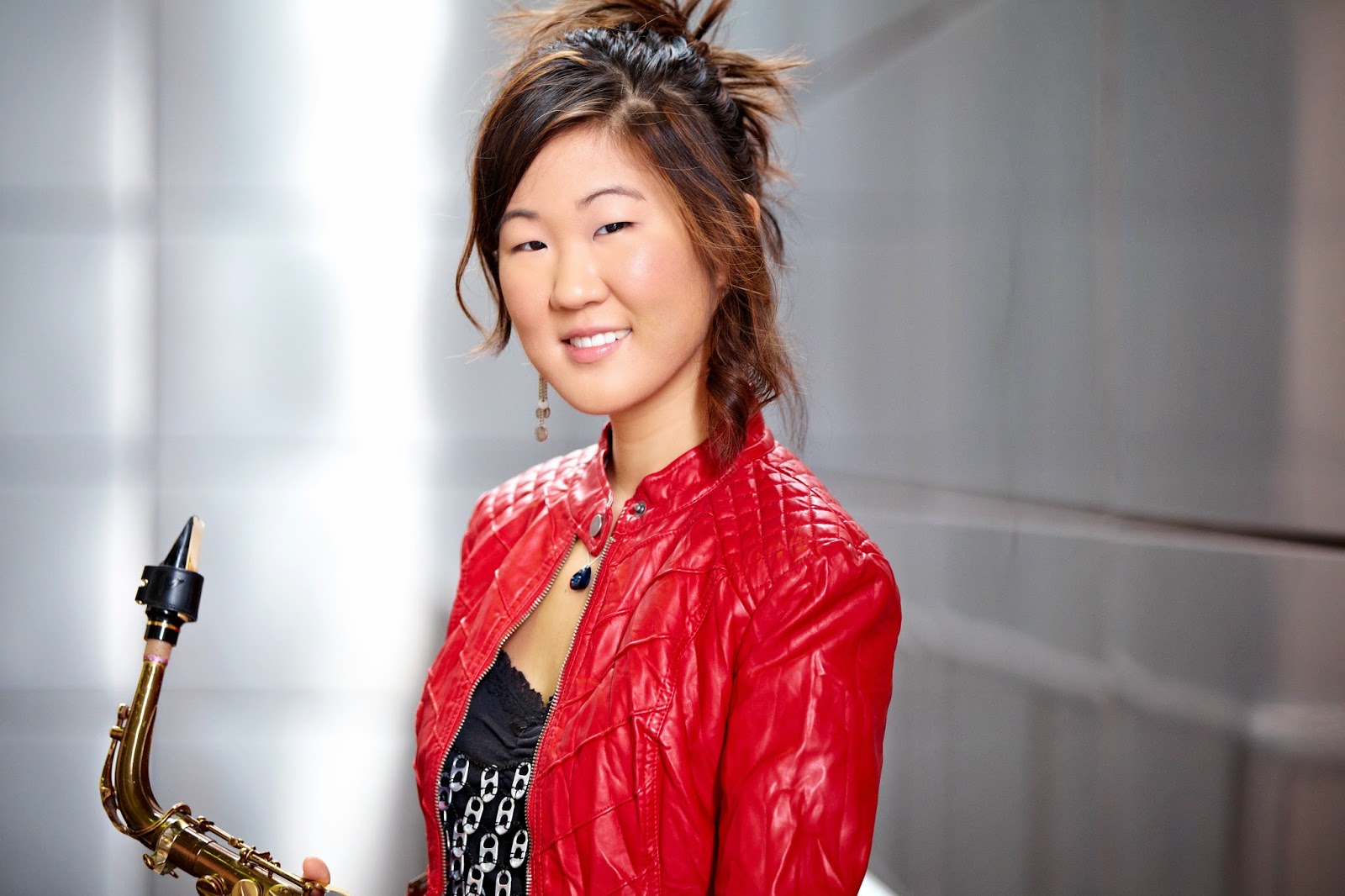"The Two Gentlemen of Verona": subtle examination of young love or the slapdash work of a tyro? IRT suggests the former

There's not much you can do to lower Shakespeare's monumental stature, despite the pedestal-toppling efforts of some great figures in Western literature (Voltaire, Shaw, and Tolstoy among them). Even if you produce such a weak work as "The Two Gentlemen of Verona," there's just enough merit in the text — and foreshadowings of greatness — that a whiz-bang theatrical presentation can lift it. That's what Indiana Repertory Theatre accomplishes in its season-opening production. But lift it to what? the question arises. Certainly not to the level of the mature comedies. Even the early Roman comedy rewrite, "The Comedy of Errors," is more fun on the page, besides being theatrically irresistible, given its tangles of mistaken identity. IRT just finished its second weekend presenting "The Two Gentlemen of Verona," and the show's entertainment value is immense, far beyond what the material suggests. It looks and sounds great, staged with IR














